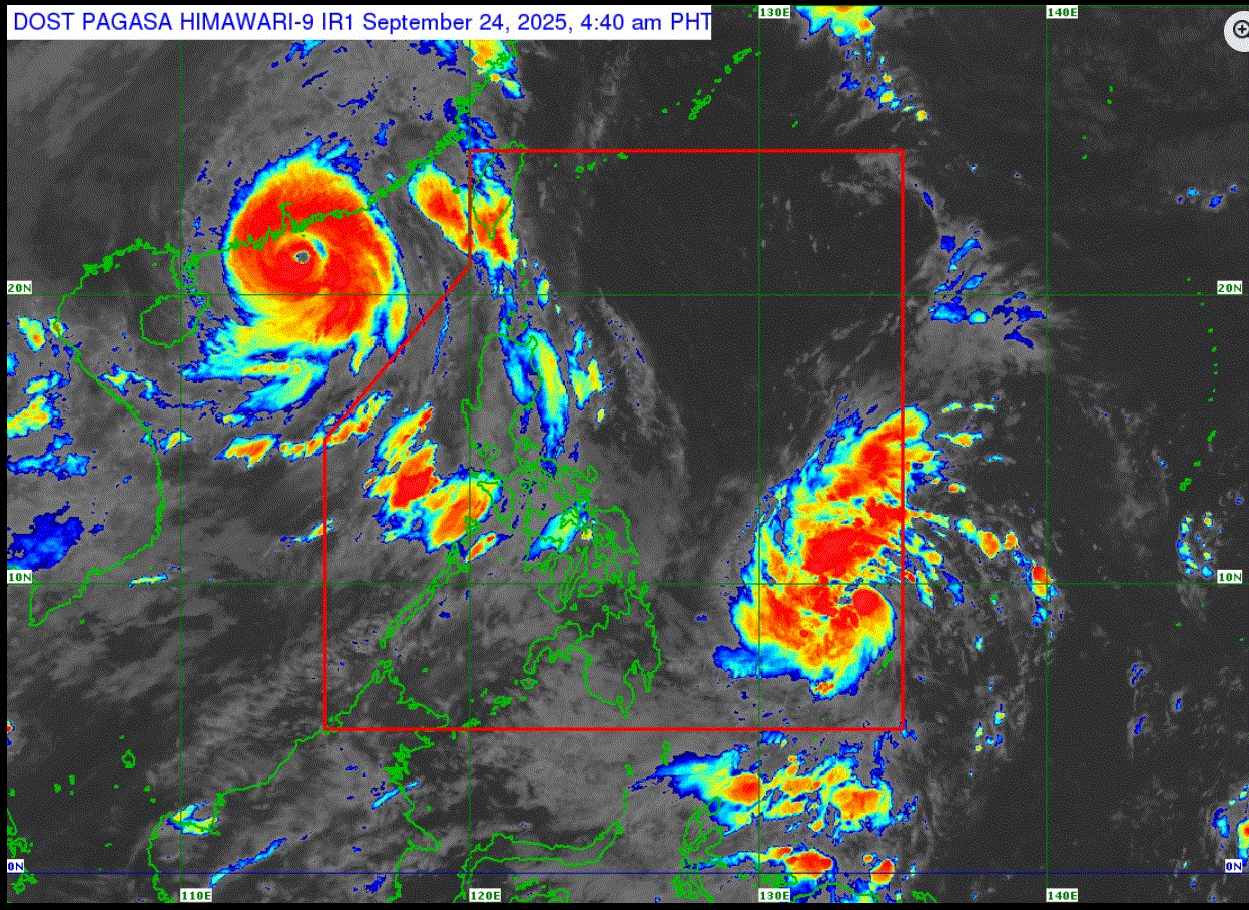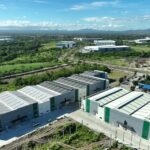MANILA — Every year, the Philippines braces for a season of storms. But the repeated battering of typhoons is doing more than interrupting commutes and knocking out power: it is actively remaking the way Philippine cities grow, who gets to live where, and how planners, developers and communities think about the future.
From the low-lying barangays along Metro Manila’s river systems to coastal towns rebuilt after Super Typhoon Haiyan, the pattern is consistent: major storms damage infrastructure, erode household wealth, and shift investment — and those effects compound over time, slowing development and forcing difficult trade-offs for rapidly urbanizing areas.
A headline risk with real costs
The Philippines’ exposure to tropical cyclones is extreme. When a major storm hits, the damage isn’t limited to broken roofs and flooded streets — whole local economies can be set back. The post-disaster assessment of Super Typhoon Haiyan (Yolanda) in 2013 estimated total damage and losses in the tens of billions of pesos — a clear example of how a single extreme event can wipe out years of local progress.
But destructive typhoons aren’t only rare megastorms. ADB researchers find that frequent, lower-damage storms also depress local economic activity — reducing output and investment in affected areas. Over time, those repeated hits slow growth in the very places that cities rely on for labor, services and informal economic activity.
Cities are where vulnerability and assets collide
Urban areas concentrate both people and critical infrastructure — which makes them efficient engines of growth, and also focal points of risk. Metro Manila and other Philippine cities host millions of residents living in informal settlements, often on floodplains, riverbanks or reclaimed land. UN-Habitat reports highlight that millions of urban residents live in precarious housing and are exposed to flood and landslide risk; this creates a persistent redevelopment challenge after every major storm.
When a typhoon floods transport corridors, damages power substations or forces temporary closures of ports and markets, it disrupts daily livelihoods and city functions. Those disruptions disproportionately hurt the urban poor who lack savings or insurance — increasing inequality and slowing inclusive development. Studies mapping typhoon impacts show different mortality and disruption patterns across urban and rural areas, but the economic shock to cities can be immediate and long-lasting.
Climate change is stacking the deck
Scientists increasingly link warming oceans and changing atmospheric patterns to stronger or wetter tropical cyclones in parts of the western Pacific — meaning that the historic baseline for what a “normal” storm season looks like is shifting. Peer-reviewed attribution analyses and climate assessments warn that the Philippines is experiencing more consecutive, damaging events in some seasons, which reduces the time communities and municipalities have to recover between hits. That compounding effect drives larger cumulative losses than a single storm would suggest.
That reality matters for urban development: infrastructure designed to cope with a 1-in-50-year flood may be overwhelmed multiple times in a decade, making traditional cost-benefit assumptions obsolete. Planners now must confront whether to retrofit, retreat, or redesign whole neighborhoods — each choice with big social, political and financial consequences.
Development decisions under duress: rebuild, retreat, or reinforce?
Cities respond in three broad ways after destructive storms:
Rebuild in place — repairing houses, roads and utilities so normal life resumes. This can work when damage is limited and funding is available, but repeated rebuilding traps communities in a cycle of vulnerability.
Reinforce and adapt — upgrade drainage, elevate structures, add green infrastructure and hard coastal defenses. These investments are expensive upfront but can protect economic cores and critical facilities.
Planned retreat — relocate households and infrastructure out of the highest-risk zones. Politically fraught and socially complex, retreat often stalls without strong institutions and livelihoods alternatives.
Evidence shows that piecemeal fixes and uncoordinated rebuilding often leave cities exposed to the next big storm. International agencies and local initiatives are promoting resilient urban design — but success requires financing, land-use reform, and inclusive planning that protects the poorest households.
Money, governance and the politics of recovery
The fiscal burden of recovery is substantial. World Bank analyses of climate-and-development tradeoffs in the Philippines warn that unchecked climate shocks will make the country’s 2045 development goals harder to reach without scaled-up public investments and reforms. Financing resilience — from upgraded drainage to climate-proofed transport — is costly, and corruption or weak governance can siphon funds away from effective projects, leaving communities exposed despite large budgets.
Moreover, the spatial politics of recovery matter. Investors prefer locations with secure tenure and better services; after destructive storms, developers may bypass high-risk neighborhoods, reinforcing patterns of marginalization. Conversely, some coastal reconstruction projects have prioritized elite developments, displacing poorer residents to riskier locations. These distributional outcomes shape long-term urban form and social equity.
What the data suggest cities should do now
Drawing from academic studies, multilateral analyses and urban resilience programs, practical steps for Philippine cities include:
Prioritize risk-informed land-use planning. Map flood, surge and landslide risk and prevent new settlements in the highest-exposure zones. (Supported by UN-Habitat and World Bank frameworks.)
Invest in nature-based and engineered defenses together. Mangrove restoration, urban wetlands and upgraded drainage reduce flood peaks while providing livelihoods and ecosystem services.
Protect the urban poor with tenure and relocation support. Successful relocation requires housing alternatives, livelihood transition programs, and community participation — not just top-down eviction or market-driven solutions.
Build financial instruments for resilience. Contingency funds, sovereign or municipal catastrophe bonds, and targeted insurance schemes can speed recovery and reduce long-term fiscal strain. (World Bank and ADB analyses emphasize financing gaps.)
Design for repeated shocks. Infrastructure standards must reflect the new reality of more frequent extreme events; maintenance and redundancy matter as much as initial design.
The human story behind the numbers
Beyond GDP figures and design manuals are families who lose roofs, students who lose classrooms, and small-business owners who lose inventory the night a typhoon hits. Those human costs translate into lower school attendance, reduced investment in small firms, and migration pressures — all of which feed back into how cities develop.
Bottom line: storms are an urban development challenge, not just an environmental one
Typhoons have always been part of the Philippine landscape. But as storms grow more intense and city populations climb, their role in shaping urban futures is accelerating. The policy choice is stark: treat storms as recurring interruptions that can be absorbed with smarter planning and investment — or risk letting cycles of damage and unequal recovery lock cities into more fragile, less inclusive trajectories.
Key sources and further reading
Typhoon Yolanda (Haiyan) 2013 — Post-Disaster Needs Assessment, UN Women / Government of the Philippines. UNW WRD Knowledge Hub
Philippines Country Climate and Development Report, World Bank (2022). The World Bank+1
UN-Habitat — Philippines Country Report 2023 (informal settlement and resilience data). UN-Habitat
The Impact of Typhoons on Economic Activity in the Philippines, Asian Development Bank. Asian Development Bank
World Weather Attribution & related analyses on how climate change affects typhoon characteristics and compounding events. World Weather Attribution




